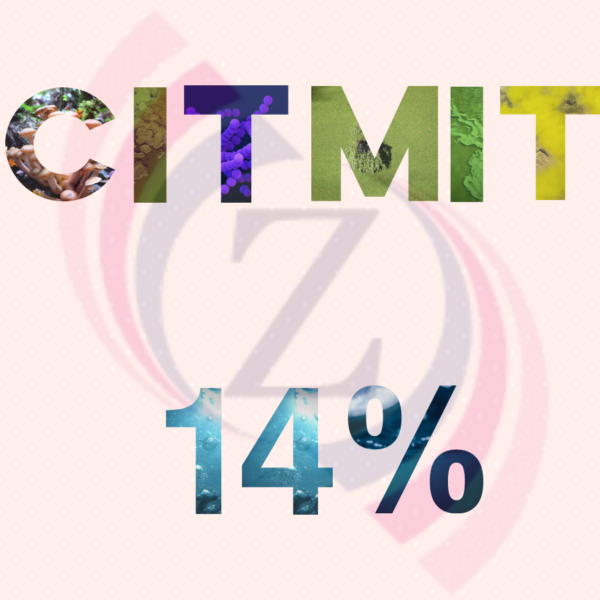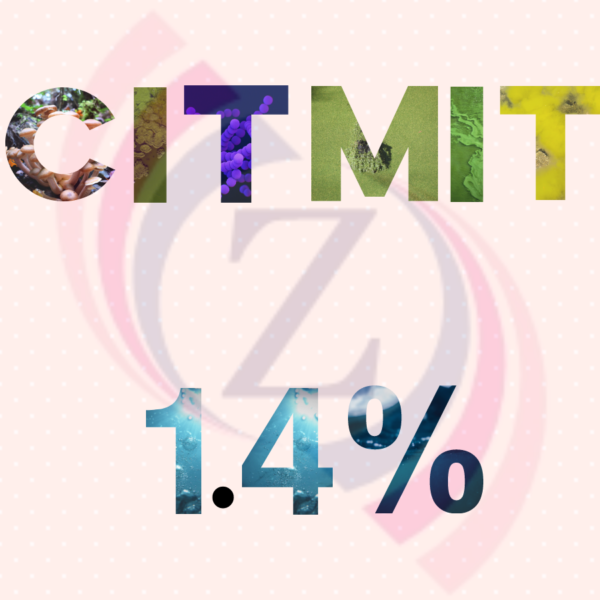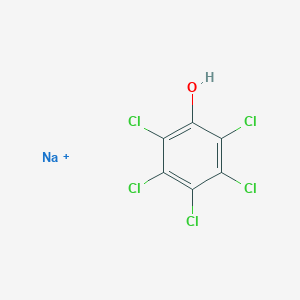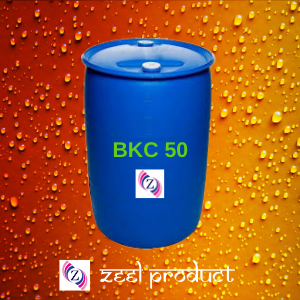Description
CMIT/MIT 14%
The chemical name of this CIT/MIT is 5-Chloro-2-Methyl-4-isothiazolineone or 2-Methyl-4- isothiazlinone. This chemical compound is appear to be in the colour of yellow to green clear liquid. It is composed of aqueous, formaldehyde, which has free formulation of various isothiazolinones. For various industrial uses offered liquid compound find its applications.It is a kind of biocide, which is used in dispersion and also applied as adhesives.
CAS number of this CIT/MIT compound is 26172-55-4//2682-20- 4 Offered 2-Methyl-4- isothiazlinone covers number of industrial sectors, such as paint, paper and pulp.
This clear liquid compound is miscible with water and even with lower alcohols. It is almost odourless in nature comes in the packaging of 25 Kg HDPE Carboy.
Specifications:
Category: Biocide/ Algaecide/ Disinfectant/ Bactericide
Appearance: Yellow Solution
Active Content: 14% Min. ( 1.4% & 2.0% also available on request)
Ratio of CMI to MI: 2.5-4.0
Density: 1.26-1.33
PH value: 2.0-5.0
Stability: Stable for 1 year at 25℃
Packing: 25KG / 200KG in Plastic Drums.
Application Fields:
Building Materials, Personal Care & Cosmetics, Paints & Marine Coatings, Plastics, Metal Working Fluid, Wood Preservation, Oilfield, Pulping, Paper, Water Treatment .
Function Characteristic:
CIT/MIT 14 is a liquid biocide and has been used as a preservative in a variety of industrial applications, which include water treatment, paper and pulping, cooling tower, waste water, wash water, water based coatings such as paints, slurries, dispersed pigments, adhesives, latex emulsion. The active ingredient provides broad-spectrum activity against common bacteria, algae, and fungi. CIT/MIT 14 is approved by EPA for industrial applications. It is highly recommended for water containing systems with pH 2 to 9. It also can be used to formulate many different concentrations of CIT/MIT.
Usage:
Typical use concentrations are in the range of 0.02-0.3% (w/w) in the final products. It should be noticed that a good manufacturing practices should be applied and equipment, pipes, and storage tanks should be sanitized by CIT/MIT 14 regularly.
Features and Applications of CIT/MIT:
1) It gets pH stability approx. 2.5 ~ 9.0
2) The solidification of this liquid compound is 1C
3) Assay of isothiazolineones has the percentage of 1.5 % ~ 14%
4) It is used as disinfectants and adhesives as well
Attention
Use of personal protective equipment such as chemical impervious gloves for hands, safety goggles and shields for eyes are strongly advised. If the product comes in contact with the skin, wash immediately with plenty of water. In case of eye contact, rinse immediately with plenty of water and seek medical attention. The product should be stored at room temperature.
Product USES:
CMIT/MIT-based antimicrobial products are used as “in-can” or process preservatives in multiple water-based products including the following:
- Adhesives and sealants
- Paints and coatings
- Household products – detergents, fabric softeners, dishwashing liquids, cleaning solutions, polishes, and waxes
- Construction materials – tape-joint compounds and gypsum-based materials
- Polymer emulsions – latexes based on acrylates, butadiene rubber, polyvinyl alcohol (PVA), and styrene
- Personal-care products – cosmetics, shampoos, conditioners, body washes, and disposable wipes
- Medical Devices – Diagnostic Reagents
- Paper-coating materials – starch- and casein-based coatings and rosin dispersions
- Mineral slurries
- Processing liquids
- Printing inks
- Industrial water treatment
- Air conditioning and air washer systems
- Metalworking fluids
- Oil and gas fluids
Health Information:
Health information for CMIT/MIT-based antimicrobial products is summarized on the relevant Safety Data Sheets. Health risks associated with individual products may vary based on their formulation, concentration, or intended use. These materials may contain minor components or additives that have additional health risks. The Safety Data Sheet is the preferred source for specific health information.
The information that follows is based on data from concentrated biocide products. Harmful effects decrease as the concentration of active ingredients 5-chlor-2-methyl-4-isothiazolin-3-one (CMIT) and 2-methyl-4-isothiazolin-3-one (MIT) decreases. Therefore, the health risks associated with final product concentrations (less than 50 parts per million for consumer products) are very low compared to the concentrated active ingredient hazards listed below. Always read the product information before use and follow the label/use instructions. Eye contact – Contact may cause severe eye irritation or chemical burns with corneal injury, which may result in permanent impairment of vision, even blindness. Skin contact – Prolonged contact may cause skin burns with symptoms of pain severe local redness, swelling, and tissue damage. Prolonged or widespread contact may result in allergic skin reactions. Ingestion – These products have moderate toxicity if swallowed. Small amounts swallowed incidental to normal handling operations are not likely to cause injury. However, large amount may cause serious injury, even death. Inhalation – Vapor or mist may cause irritation of the upper respiratory tract (nose and throat) and lungs. Repeated exposure – Repeated exposure is not expected to cause additional significant adverse effects. Other – Similar materials have not caused cancer, birth defects, or fetal effects in animal testing.
Environmental Information
5-Chloro-2-methyl-4-isothiazolin-3-one and 2-methyl-4-isothiazolin-3-one, the active ingredients in CMIT/MIT antimicrobial products, have a low bioconcentration potential (tendency to accumulate in the food chain) and a high potential for mobility in soil. They are completely soluble in water. In the environment these compounds would tend to partition into water where they would rapidly biodegrade to non-persistent substances which are several orders of magnitude less toxic than parent compound. They would also be removed by common biological wastewater treatment facilities. These compounds are very toxic to aquatic organisms on an acute basis.
Physical Hazard Information
CMIT/MIT-based antimicrobial products are stable at recommended storage and use temperatures. The active ingredients can decompose violently at temperatures above 50°C (122°F). Generation of gases (hydrogen chloride, nitrogen oxides, sulfur oxides) can cause rapid pressure build-up in closed systems. Avoid temperatures above 40°C (104°F). Avoid contact with amines, mercaptans, oxidizers, and reducing agents.
Customer also ask:
What is Isothiazolinone?
Isothiazolinone is an antimicrobial preservative that is commonly used to control bacteria, fungi, and algae. It is most commonly applied in water containing solutions, as these solutions are a breeding ground for bacteria. There are a number of different products on the market today that use Isothiazolinone like sunscreen, hand sanitizer, shampoo, cosmetics, lotions, and many more. The purpose of including Isothiazolinone in these products is to inhibit microbial activity that could potentially spoil the product before its expected expiration date.
There is also safety to think of. Certain microbial infestations can cause severe health issues. Designing products that inhibit microbial activity is a best practice that keeps consumers safe.
Is Isothiazoline Safe?
According to the manufacturer:
“The maximum recommended use level for Isothiazolinone preservative is 0.1% by weight of product as supplied (15 parts per million active ingredient) in rinse-off products and 0.05% (7.5 parts per million active ingredient) in leave-on products.”
Is Methylisothiazolinone harmful?
Methylisothiazolinone (MIT) and Methylchloroisothiazolinone (CMIT) may be hard to pronounce, but they can be even harder on the body. These common preservatives are found in many liquid personal care products, and have been linked to lung toxicity, allergic reactions and possible neurotoxicity.
share on:









jay kumar –
Have used a lot of Biocides Product for different companies but I always come back to this.
Best Product for cooling tower algaecide